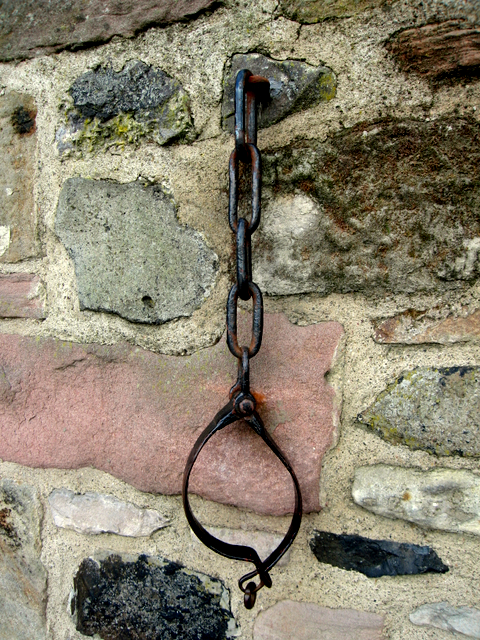Old Scottish Poor Law on:
[Wikipedia]
[Google]
[Amazon]
 The Old Scottish Poor Law was the
The Old Scottish Poor Law was the
 The Old Scottish Poor Law was the
The Old Scottish Poor Law was the Poor Law
In English and British history, poor relief refers to government and ecclesiastical action to relieve poverty. Over the centuries, various authorities have needed to decide whose poverty deserves relief and also who should bear the cost of hel ...
system of Scotland between 1574 and 1845.
Origins
Population growth and economic dislocation from the second half of the sixteenth century led to a growing problem of vagrancy. The government reacted with three major pieces of legislation in 1575, 1579 and 1592. The kirk became a major element of the system of poor relief and justices of the peace were given responsibility for dealing with the issue. The 1575 act, enabled through a Convention of the Estates, was modelled on the English act passed two years earlier and limited relief to the deserving poor of the old, sick and infirm, imposing draconian punishments on a long list of "masterful beggars", including jugglers, palmisters and unlicensed tutors. Parish deacons, elders or other overseers were to draw up lists of deserving poor and each would be assessed. Those not belonging to the parish were to be sent back to their place of birth and might be put in the stocks or otherwise punished, probably actually increasing the level of vagrancy. Unlike the English act, there was no attempt to provide work for the able-bodied poor.J. Wormald, ''Court, Kirk, and Community: Scotland, 1470-1625'' (Edinburgh: Edinburgh University Press, 1991), , pp. 166-8. In practice, the strictures on begging were often disregarded in times of extreme hardship. This legislation provided the basis of what would later be known as the "Old Poor Law" in Scotland, which remained in place until reforms in 1845. In most of Scotland a Poor Rate (local property tax for the relief of the poor) was not levied before the act of 1845.Later development
Most subsequent legislation built on the principles of provision for the local deserving poor and punishment of mobile and undeserving "sturdie beggars". The most important later act was that of 1649, which declared that localheritor
A heritor was a privileged person in a parish in Scots law. In its original acceptation, it signified the proprietor of a heritable subject, but, in the law relating to parish government, the term was confined to such proprietors of lands or house ...
s were to be assessed by kirk session to provide the financial resources for local relief, rather than relying on voluntary contributions. The system was largely able to cope with the general level of poverty and minor crises, helping the old and infirm to survive and provide life support in periods of downturn at relatively low cost, but was overwhelmed in the major subsistence crisis of the 1690s.R. Mitchison, ''Lordship to Patronage, Scotland 1603-1745'' (Edinburgh: Edinburgh University Press, 1983), , pp. 127 and 145.
See also
*Scottish Poor Law
The Scottish Poor Laws were the statutes concerning poor relief passed in Scotland between 1579 and 1929. Scotland had a different Poor Law system to England and the workings of the Scottish laws differed greatly to the Poor Law Amendment Act wh ...
*Poor Law (Scotland) Act 1845
The Poor Law (Scotland) Act 1845 was an Act of Parliament that reformed the Poor Law system of Scotland.
Main provisions
* The creation of a Board of Supervision to regulate the Poor Law system.
* A retention of the parish-based system through Pa ...
*Seven ill years
The Seven Ill Years, also known as the Seven Lean Years (), is the term used for a period of widespread and prolonged famine in Scotland during the 1690s, named after the Biblical famine in Egypt predicted by Joseph in the Book of Genesis. Esti ...
References
{{Reflist, 2 Scottish Poor Laws 1574 establishments in Scotland 1845 disestablishments Social history of Scotland